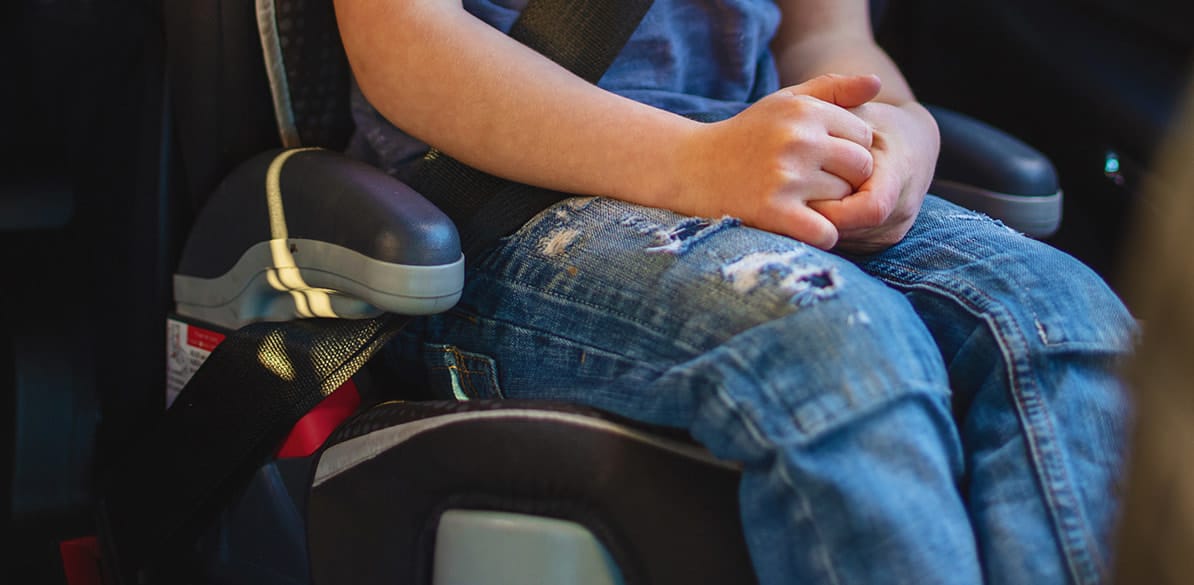Are child seat boosters safe?

We have to say that although they are within the law and help the seat belt to better perform the function for which it was designed, in the event of a side collision the child will be exposed to injury, especially head injuries, because vehicles are not equipped to protect people of this size.
The design of passive safety features (those that come into operation after an accident and minimize its consequences) is geared towards heavier and taller adults. The tests carried out with crash test dummies (dummies that simulate the damage that a body would suffer in a collision) take standardized measurements for both men and women to protect vital parts such as the head and thorax in a collision.
However, in the case of children, the head and extremities are not at the same height with respect to the roof and the sides of the vehicle, being much less bulky. This is why one of the greatest advances in occupant protection in the event of a side impact, such as window airbags, would not perform their function correctly. In the event of an impact, it is most likely that the child’s head will not hit the protected area of the airbag but the area immediately below it, which corresponds to the door trim and other objects that can cause injuries.
In the following video we can see how the window airbags (called curtains) work together with the side seat airbag and how they protect the head at a certain height, but not below it. We’ll ignore the seat airbag because it is not installed in the rear seats.
Even together, they raise the child in such a way that after the impact and the triggering of the curtain airbag, the seat will benefit from the absorption effect of the airbag to reduce its speed in a more progressive way and hence provide much more protection than a simple booster.
In the following video we can see how the displacement of a crash test dummy in a CRS is minimized after a side impact, protecting it perfectly against possible injuries.
Commercially, Group II and Group III child seats cover a weight of 18 to 36 kilos and an age range of 4 to 12 years old. When the child seat approaches the end of its useful life, the child will be very close to 150 cm in height, which allows them to be perfectly protected in the seat by the vehicle’s own passive safety systems.
Remember that the investment you make in a child seat is perfectly amortized, since you will use it for up to eight years (from ages 4 to 12), so the benefit greatly outweighs the expense. In any case, who can put a price on the safety of our children?
